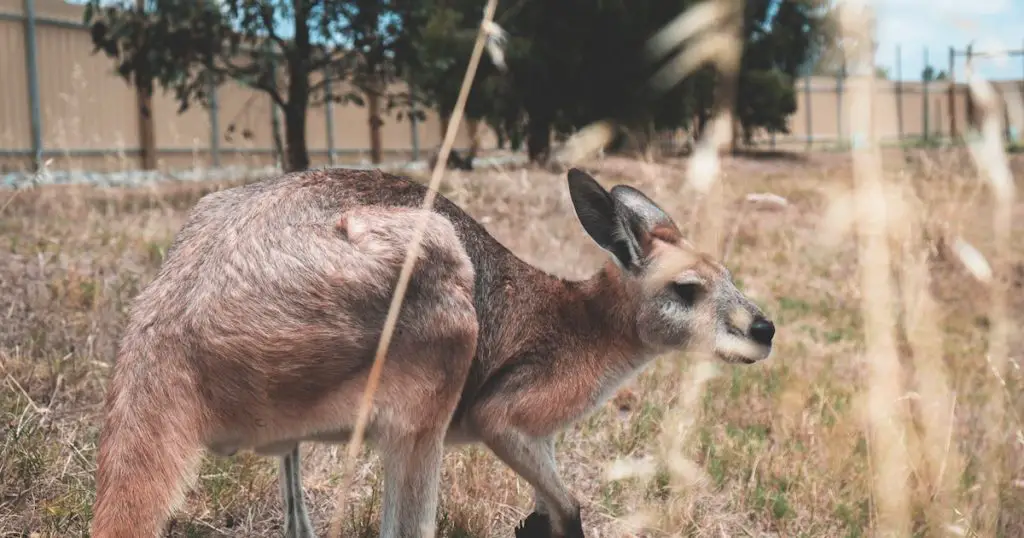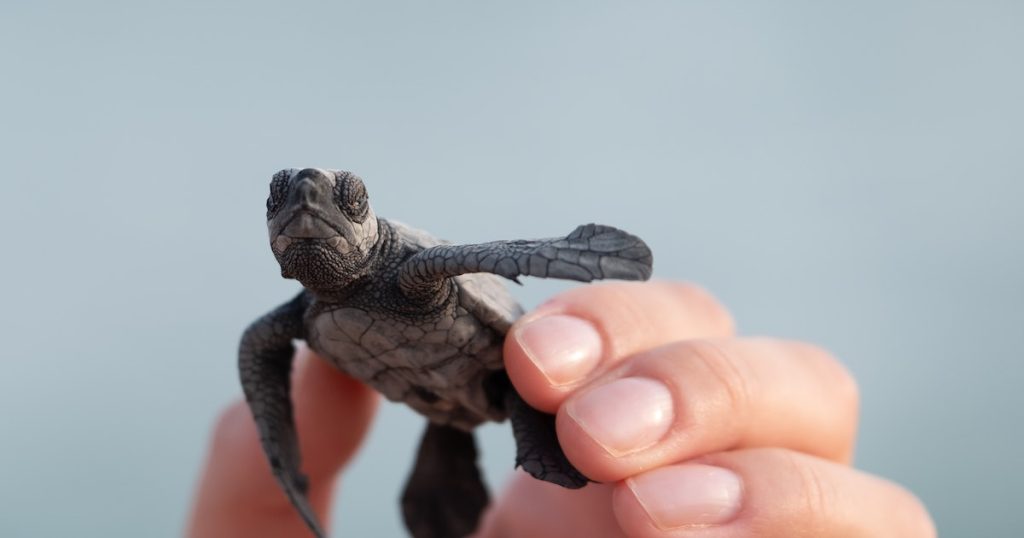Prescott, Arizona, is often celebrated for its historical landmarks and beautiful landscapes, and it is also a focal point for biodiversity. The diverse ecosystems of this region shelter numerous species, some of which now face the risk of extinction.

Addressing the issue of endangered species protection in Prescott, Arizona, is not only a moral imperative but a critical step in preserving the natural heritage and ecological balance of this cherished locale.
Historical Context of Endangered Species in Prescott
Prescott has a rich natural history that tells the tale of its indigenous species and the habitats they’ve occupied. Long before urbanization altered its landscape, Prescott was a thriving hub of various ecosystems that provided shelter to a multitude of species.
The importance of understanding how these habitats transformed over the years cannot be underestimated. Some species saw their numbers dwindle due to a combination of natural changes and human interference. Urban expansion, agricultural activities, and the introduction of non-native species all played a part in reshaping the ecological landscape of Prescott.
Current State of Endangered Species in Prescott
The modern-day Prescott is facing a biodiversity crisis. As per the National Wildlife Federation, several species are either endangered or threatened in this region.
One of the most noticeable changes is the shrinking habitats. Some of the once-vast natural expanses have given way to roads, buildings, and farmlands, thereby restricting the movement and reproductive patterns of native species. This habitat fragmentation is one of the leading causes of their vulnerability.
Moreover, modern challenges such as climate change, pollution, and increased human-wildlife conflicts further threaten Prescott’s wildlife. As the city continues to grow, these challenges are becoming more pronounced, demanding immediate attention and intervention.
Legislation and Policies for Protection
The U.S. government, recognizing the importance of biodiversity, enacted the Endangered Species Act, as detailed by the U.S. Fish & Wildlife Service. This act, along with its subsequent amendments, provides a framework for the protection of endangered and threatened species.
Arizona, too, has been proactive. The state has implemented measures that align well with national objectives but are more tailored to address the unique challenges faced by regions like Prescott.

Locally, Prescott has its own set of regulations, initiatives, and bylaws that prioritize conservation. These local rules often fill in the gaps, providing a safety net for species that might not be recognized on a national level but are of paramount importance to the local ecosystem.
Key Stakeholders in Species Protection
Conservation is a collaborative effort. The government, both at the state and federal levels, plays a pivotal role by setting guidelines, providing funding, and monitoring conservation efforts.
But non-governmental organizations (NGOs) like WWF and Nature Conservancy are equally important. Their on-ground activities, research, and advocacy campaigns often bridge the gap between policy-making and actual implementation. These organizations bring expertise, dedication, and sometimes alternative views that can lead to innovative solutions.
Local communities, including the indigenous peoples of Prescott, have an invaluable role. With deep ties to the land and a unique understanding of its ecology, their insights can guide sustainable conservation strategies that respect both nature and cultural traditions.
Conservation Strategies and Their Efficacy
Conservation in Prescott is multifaceted, with several strategies deployed to ensure the survival and prosperity of its endangered species.
Habitat restoration is one such strategy. This involves reclaiming lands that have been altered and returning them to a state where they can support wildlife. By planting native flora and removing invasive species, these restored habitats can once again become sanctuaries for endangered species.
Another noteworthy strategy is species reintroduction. This entails breeding species in controlled environments and then releasing them back into their native habitats. Organizations like the Arizona Game & Fish Department have been instrumental in such programs.
Efforts are also made to curb poaching and illegal trading of endangered species. Monitoring, strict law enforcement, and community awareness campaigns have been beneficial in this regard.
Lastly, education plays a critical role. By instilling a love for nature in the younger generation and teaching them the importance of conservation, the groundwork for a more sustainable future is laid.
Economic Implications of Endangered Species Protection
Conservation, while morally and ecologically essential, comes with a price tag. Funding for restoration projects, research, and monitoring can run into millions.
However, the benefits often outweigh the costs. Ecotourism, for instance, has flourished in areas where conservation efforts are evident. Tourists flock to pristine habitats to witness rare species in their natural environments, bringing along economic benefits for the local community.

Additionally, a balanced ecosystem offers invaluable services – from pollination to water purification. According to a study by Stanford University, the economic value of these ecosystem services can be substantial.
Collaborative Measures for a Sustainable Future
A collaborative approach maximizes the impact of conservation efforts. Inter-agency collaborations, where multiple organizations pool resources and expertise, have proven to be extremely effective.
Grassroots movements, often initiated by local communities or smaller organizations, are also vital. These movements bring conservation to the forefront of public discourse, resulting in community-driven initiatives that resonate deeply with the people of Prescott.
Case Studies: Success Stories and Lessons Learned
A shining example of successful conservation in Prescott is the comeback of the Prescott Lupine, a flowering plant native to the region. With concerted efforts, its once-dwindling numbers have seen a resurgence.
The regeneration of Granite Dells, a unique geological feature of Prescott, is another success story. Conservationists and local communities came together to protect this habitat, ensuring it remains a haven for various species.
However, challenges persist. The decline of the Pronghorn antelope, for instance, serves as a reminder that continuous efforts and adaptability are key in the world of conservation.
Future Outlook: Predictions and Projections
As Prescott moves forward, it’s expected to face newer challenges. Urban expansion, changing climate patterns, and potential introduction of invasive species are some concerns on the horizon.

Yet, with the foundation of research, collaboration, and commitment already in place, there’s hope that innovative solutions will emerge to ensure the protection and prosperity of Prescott’s cherished biodiversity.
FAQs: Endangered Species Protection in Prescott, Arizona
Why is Prescott of particular importance when discussing endangered species?
Prescott’s unique ecosystems house a multitude of species, some of which are not found elsewhere. Their conservation is vital for ecological balance and diversity.
How do local legislations in Prescott align with the national Endangered Species Act?
Local legislation often complements the national act by addressing specific regional challenges and species, ensuring a comprehensive protective framework.
What role does the general public play in species conservation in Prescott?
The general public is instrumental in supporting conservation initiatives, reporting wildlife disturbances, and fostering a community that values biodiversity.
Are there any specific endangered species unique to the Prescott region?
Yes, some species, like the Prescott Lupine, are native to the region and aren’t found elsewhere.
How do conservation efforts in Prescott compare with those in other parts of Arizona?
While the core principles remain consistent, efforts in Prescott are tailored to its unique ecological challenges and species composition.
Summary
Prescott, Arizona, is a treasure trove of biodiversity, holding within its landscapes stories of species that have thrived and those that are now vulnerable.
Through collective efforts, informed policies, and community involvement, there’s a resilient push to ensure that the endangered species of Prescott are protected, valued, and cherished for generations to come. The path forward is collaborative, innovative, and deeply rooted in a love for the natural world.



Leave a Comment
You must be logged in to post a comment.